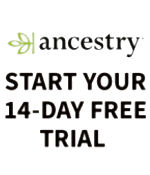St Agnes' Home for Girls, Mirfield, West Riding of Yorkshire
The St Agnes' Home for Girls was opened by the Waifs and Strays Society in 1890 at Dunbottle House, 444 Huddersfield Road, Mirfield. It replaced the Society's Meanwood Home for Girls and seems to have been used as an overflow home for the Beckett Home for Girls. The official opening and dedication of the new home was carried out by the Bishop of Wakefield on January 17th, 1890. St Agnes' could accommodate 12 girls aged from 6 to 12.
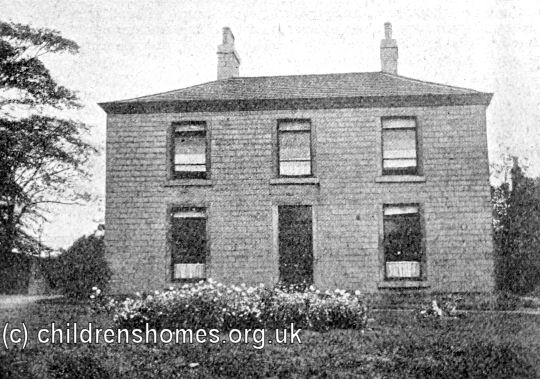
St Agnes' Home for Girls, Mirfield, c.1903. © Peter Higginbotham
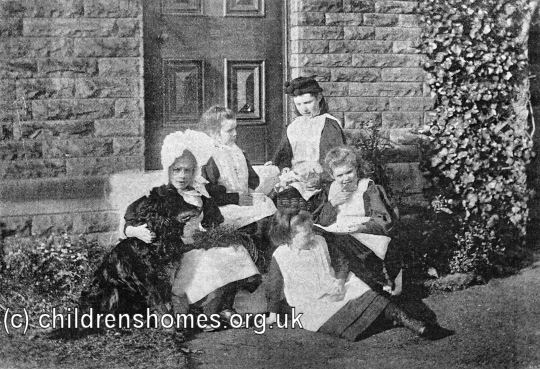
St Agnes' Home for Girls, Mirfield, c.1893. © Peter Higginbotham
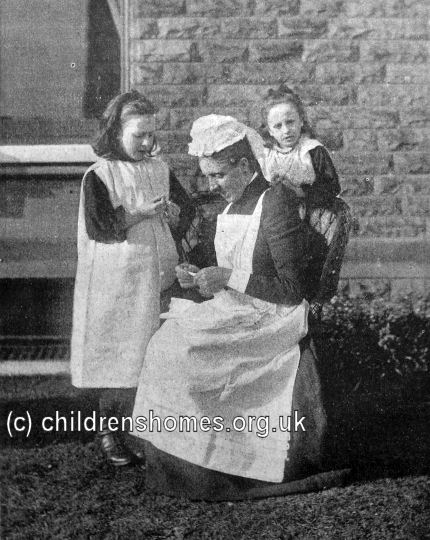
St Agnes' Home for Girls, Mirfield, c.1893. © Peter Higginbotham
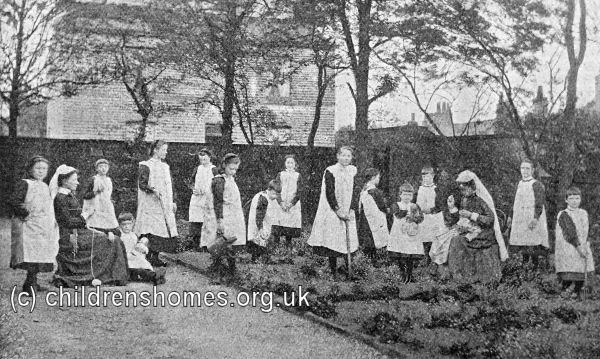
St Agnes' Home for Girls, Mirfield, c.1903. © Peter Higginbotham
A new wing was added to the building in 1910 which required the girls to stay temporarily in the presbytery at St Anne's Convalescent Home in Bridlington. The extended building could then accommodate 18 girls.
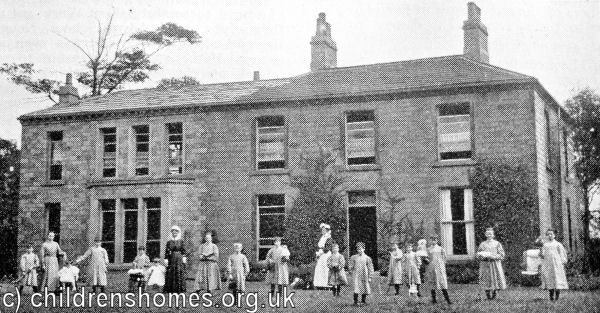
St Agnes' Home for Girls, Mirfield, c.1911. © Peter Higginbotham
In 1927, the home was adapted for use as a home for babies aged from 1½ to 5 years.
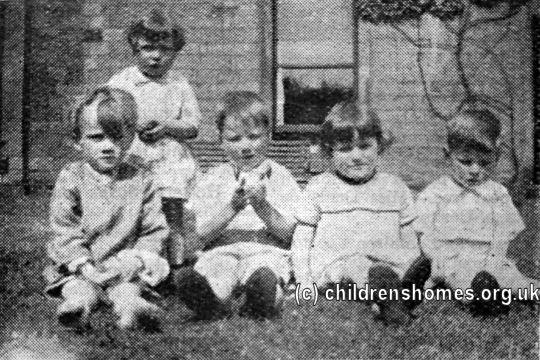
St Agnes' Home for Girls, Mirfield, c.1931. © Peter Higginbotham
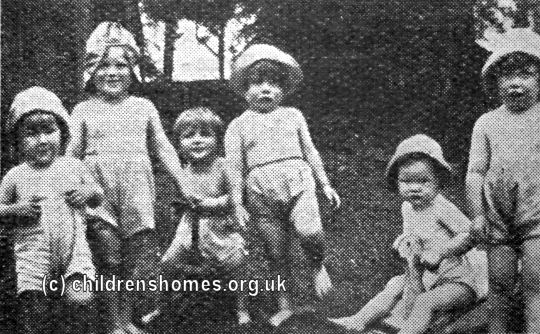
St Agnes' Home for Girls, Mirfield, c.1931. © Peter Higginbotham
Following the outbreak of the Second World War in 1939, the residents were transferred to the new Fieldhead Nursery at Battyeford. From 1941 to 1945, Dunbottle House was used as a war nursery.
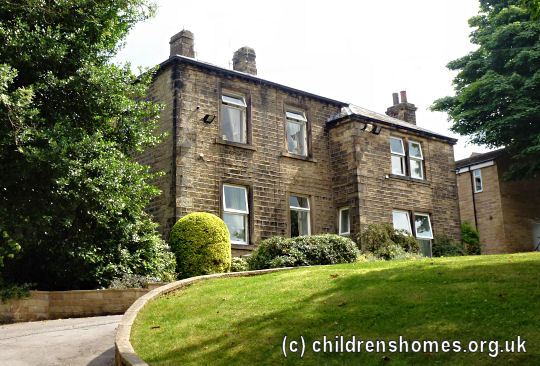
St Agnes' Home for Girls, Mirfield, 2013. © Peter Higginbotham
The property is now occupied by a care home for the elderly.
Records
Note: many repositories impose a closure period of up to 100 years for records identifying individuals. Before travelling a long distance, always check that the records you want to consult will be available.
- Index of the Society's first 30,000 children's case files ordered by surname.
- Index of the Society's first 30,000 children's case files ordered by date of birth.
- The Children's Society Records and Archive Centre is at Unit 25, Springfield House, 5 Tyssen Street, London E8 2LZ (email: archives@childrenssociety.org.uk). Files for children admitted to its homes after September 1926 were microfilmed in the 1980s and the originals destroyed. Some post-1926 files had already been damaged or destroyed during a flood. The Society's Post-Adoption and Care Service provides access to records, information, advice, birth record counselling, tracing and intermediary service for people who were in care or adopted through the Society.
- The Society has produced detailed catalogues of its records relating to disabled children, and of records relating to the Children's Union (a fundraising body mostly supported from the contributions of children).
Bibliography
- Bowder, Bill Children First: a photo-history of England's children in need (1980, Mowbray)
- Church of England Waifs and Strays' Society [Rudolfe, Edward de Montjoie] The First Forty Years: a chronicle of the Church of England Waifs and Strays' Society 1881-1920 (1922, Church of England Waifs and Strays' Society / S.P.C.K.)
- Higginbotham, Peter Children's Homes: A History of Institutional Care for Britain's Young (2017, Pen & Sword)
- Morris, Lester The Violets Are Mine: Tales of an Unwanted Orphan (2011, Xlibris Corporation) — memoir of a boy growing up in several of the Society's homes (Princes Risborough, Ashdon, Hunstanton, Leicester) in the 1940s and 50s.
- Rudolf, Mildred de Montjoie Everybody's Children: the story of the Church of England Children's Society 1921-1948 (1950, OUP)
- Stroud, John Thirteen Penny Stamps: the story of the Church of England Children's Society (Waifs and Strays) from 1881 to the 1970s (1971, Hodder and Stoughton)
Links
- Hidden Lives Revealed — the story of the children who were in the care of The Children's Society in late Victorian and early 20th Century Britain.
- The Children's Society
Except where indicated, this page () © Peter Higginbotham. Contents may not be reproduced without permission.
